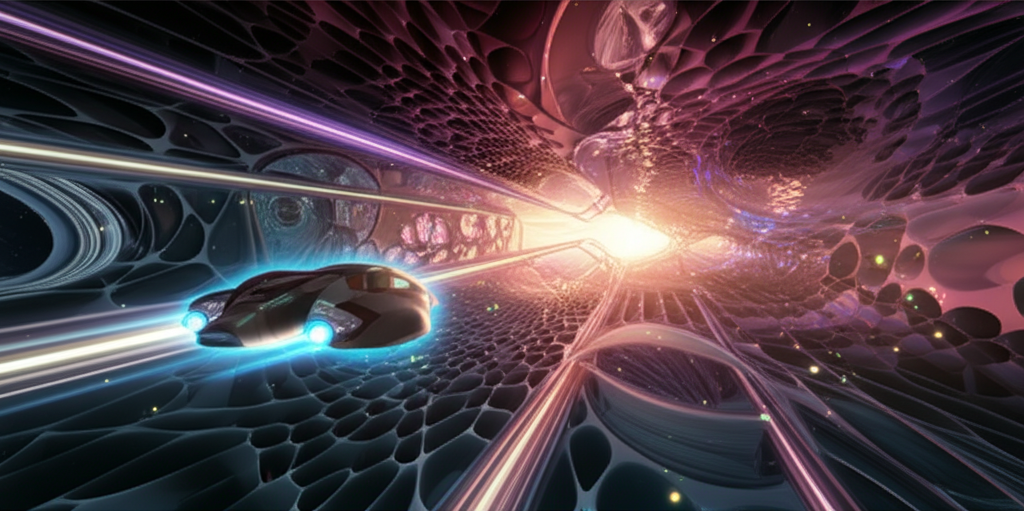Neural Interface Vehicles: Mind-Controlled Transportation
The future of driving lies in direct neural control. Discover how brain-computer interfaces are creating vehicles that respond to thought alone.

The boundary between human consciousness and machine capability is dissolving. Neural interface vehicles represent the next evolutionary step in transportation, where thought becomes action and intention becomes motion at the speed of consciousness itself.
Neural interface technology has advanced from science fiction to practical reality. Modern brain-computer interfaces can detect and interpret neural signals with unprecedented accuracy, translating thoughts into digital commands using advanced neural sensors that monitor electrical activity across multiple brain regions.
Traditional vehicles require physical input - pressing pedals, turning wheels, operating controls. Neural interface vehicles eliminate this delay, responding to mental commands at the speed of thought. The neural processing system can detect intention signals up to 300 milliseconds before conscious awareness.
Neural interfaces don't just respond to conscious commands - they monitor subconscious awareness and stress responses. The vehicle's AI can detect when the driver notices a potential hazard, even before conscious recognition occurs, allowing evasive maneuvers based on subconscious neural patterns.
Modern neural interfaces are completely non-invasive, using advanced sensors that detect neural activity through the skull. Drivers simply wear a lightweight neural crown that establishes connection within seconds, with AI systems adapting to each individual's unique neural patterns.
Neural interface vehicles integrate neural commands with traditional inputs, eye tracking, gesture recognition, and voice control, creating a comprehensive human-machine interface. This multi-modal approach ensures reliability and provides backup control methods for seamless operation.
By eliminating the need for physical vehicle operation, neural interfaces dramatically reduce cognitive load. Drivers can focus entirely on navigation decisions and situational awareness rather than mechanical control tasks, leading to less fatigue and improved decision-making.
Neural interface vehicles represent a breakthrough for individuals with physical disabilities. People with limited mobility can operate vehicles through thought alone, achieving unprecedented independence and mobility as the technology adapts to various neurological conditions.
Professional drivers and racing applications benefit enormously from neural interface technology. The elimination of physical control delays allows for superhuman reaction times and precision, enabling racing vehicles to execute maneuvers impossible with traditional controls.
The AI systems continuously learn and adapt to their drivers. Over time, the interface becomes increasingly responsive and intuitive, anticipating needs and preferences while extending to driving patterns, route preferences, and mood-based adjustments to vehicle behavior.
Related Articles

Quantum Foam Navigation: Traveling Through Spacetime's Smallest Structures
Revolutionary quantum foam manipulation technology enables vehicles to navigate through the fundamental fabric of spacetime itself, accessing transportation networks at the Planck scale.

Psychic Resonance Vehicles: Transportation Through Mental Telepathy
Revolutionary psychic amplification technology creates vehicles that respond to telepathic commands and connect minds across vast distances through quantum consciousness networks.

Nano Swarm Vehicles: Self-Assembling Transportation Clouds
Revolutionary nanotechnology creates vehicles from billions of coordinated nanobots that can form any transportation configuration and adapt in real-time to changing conditions.